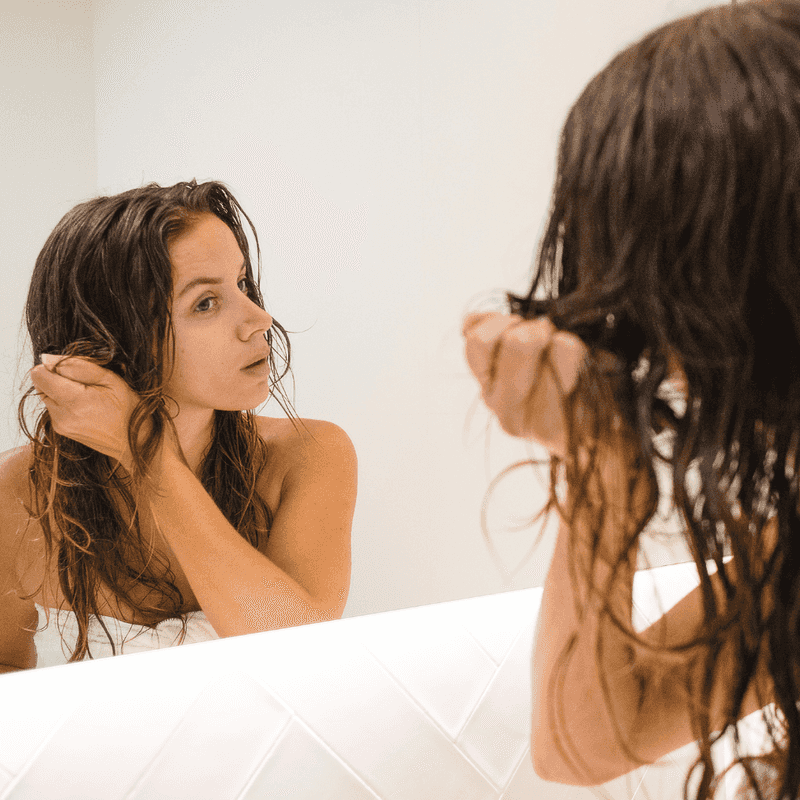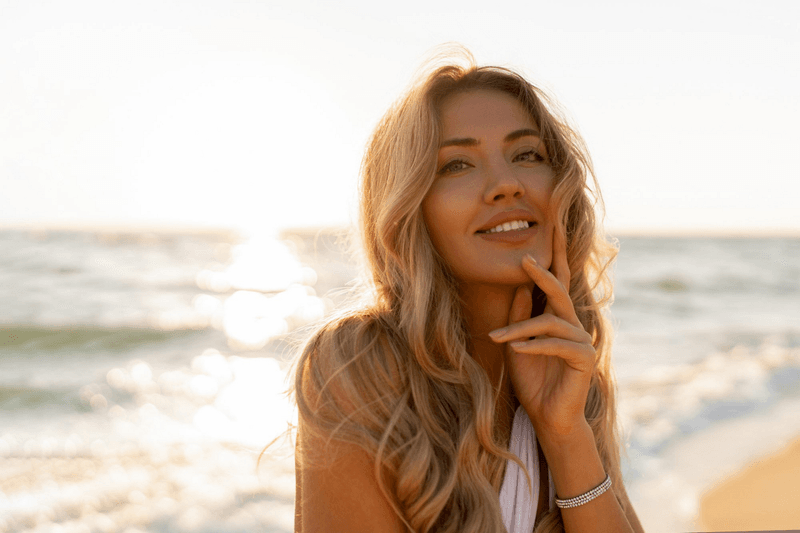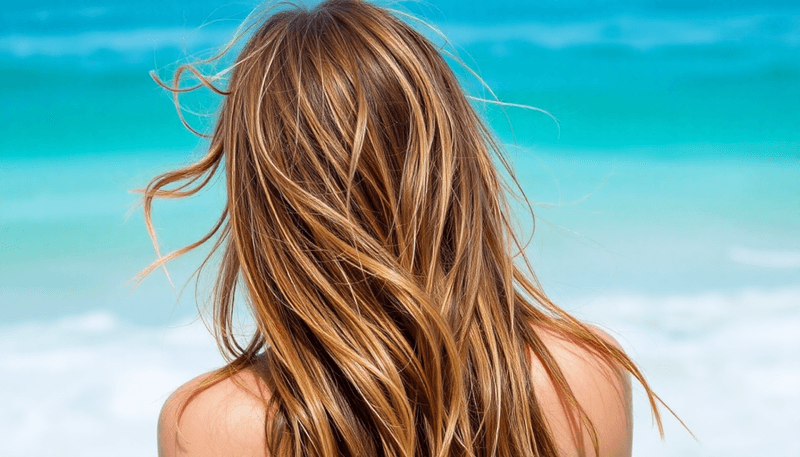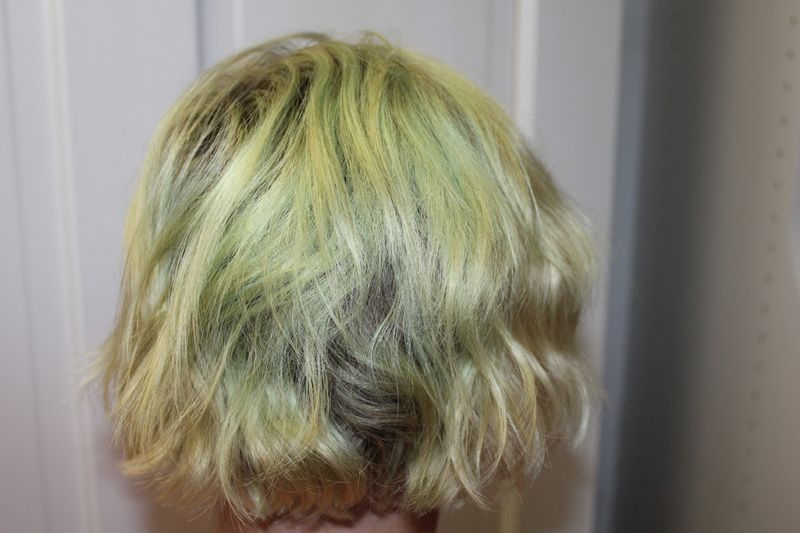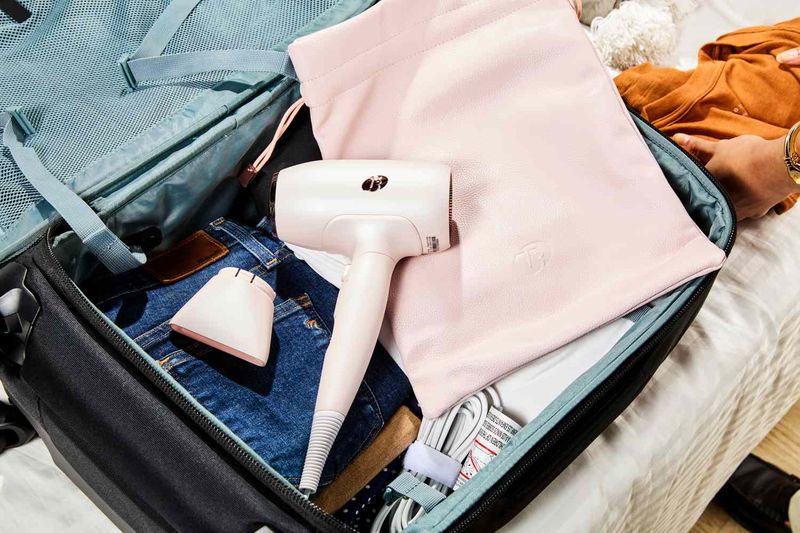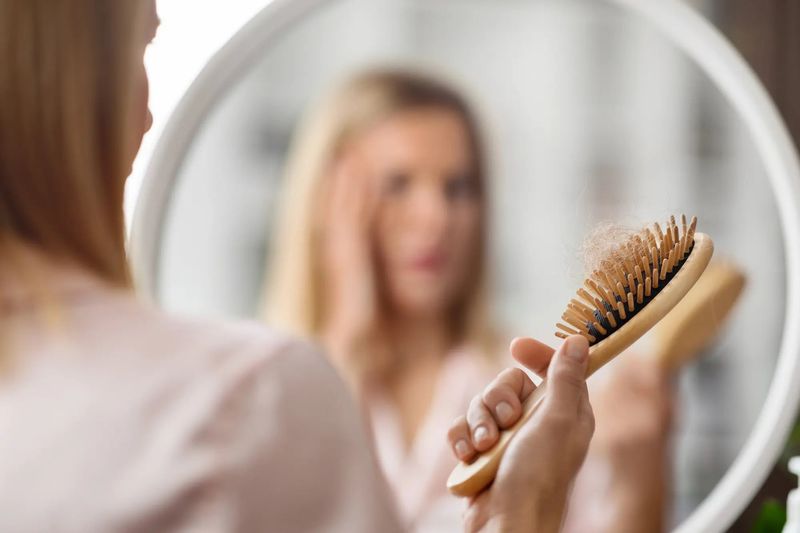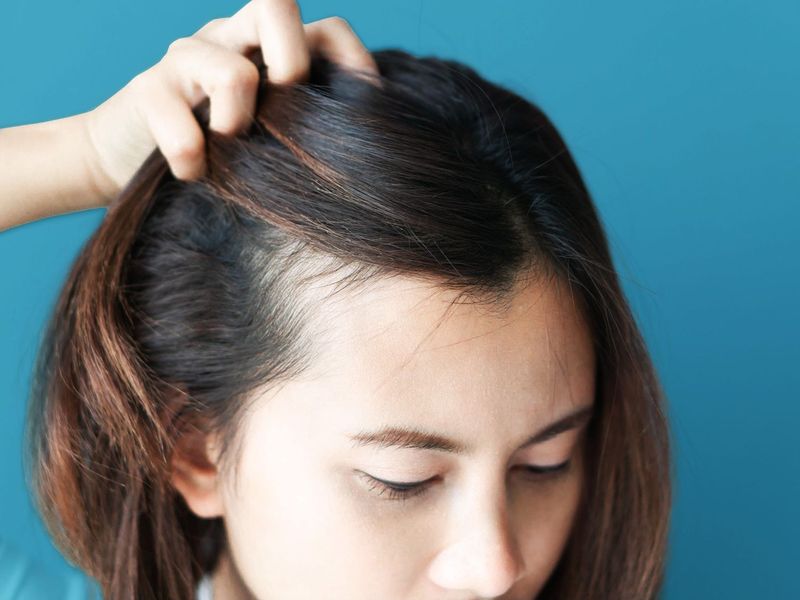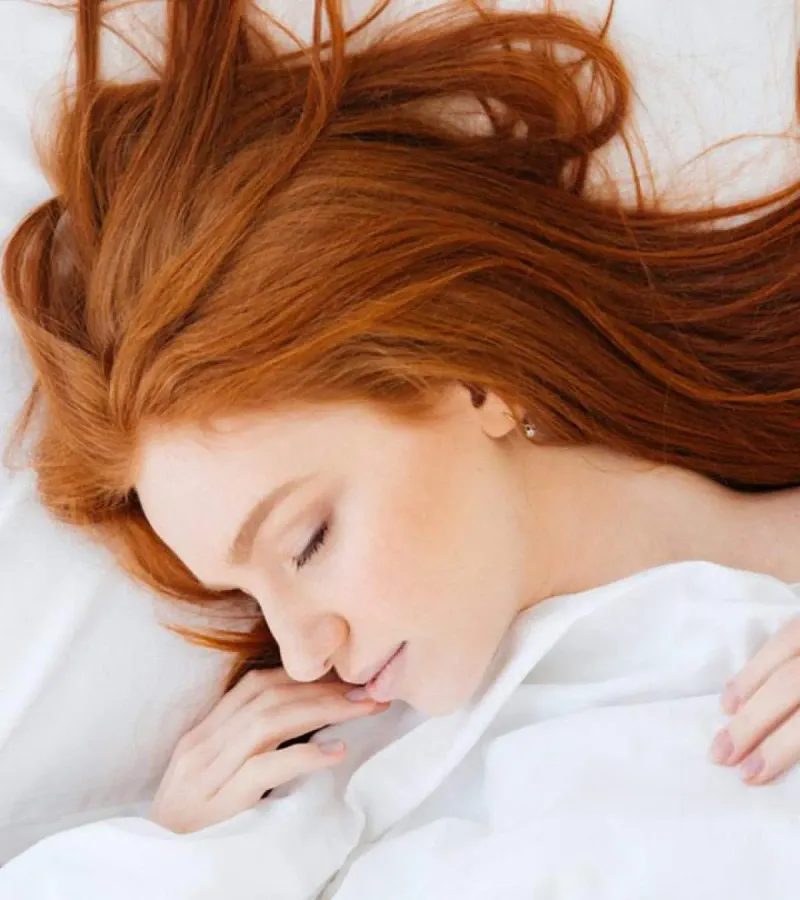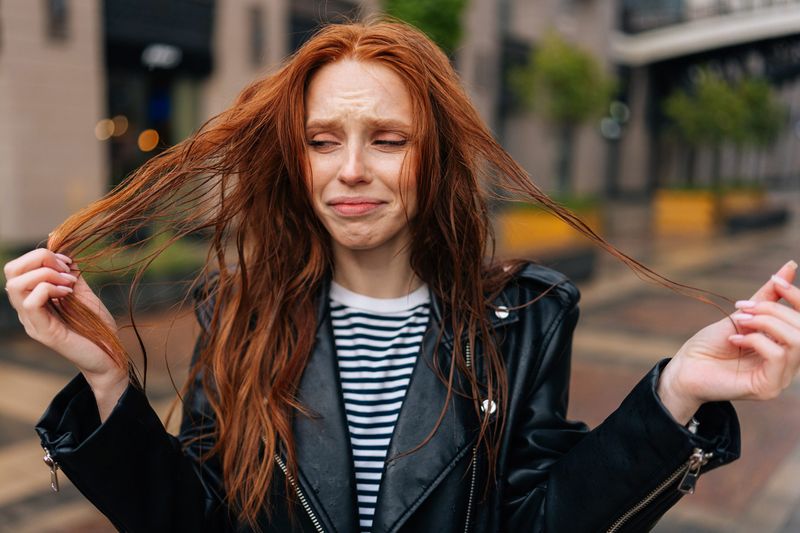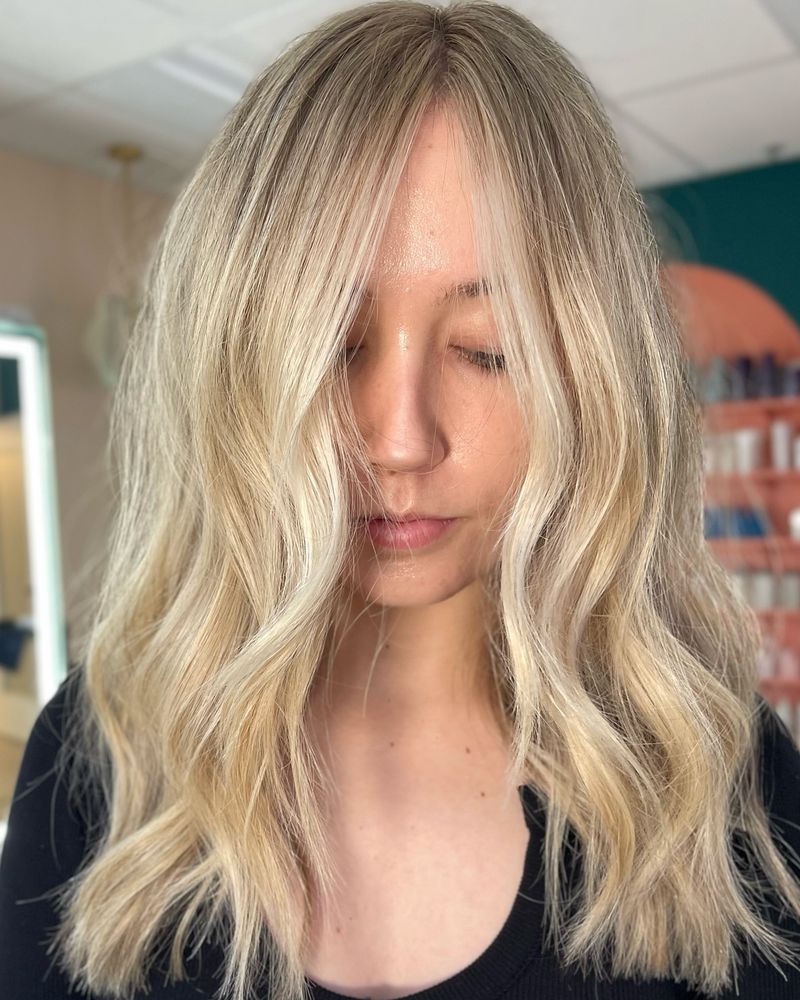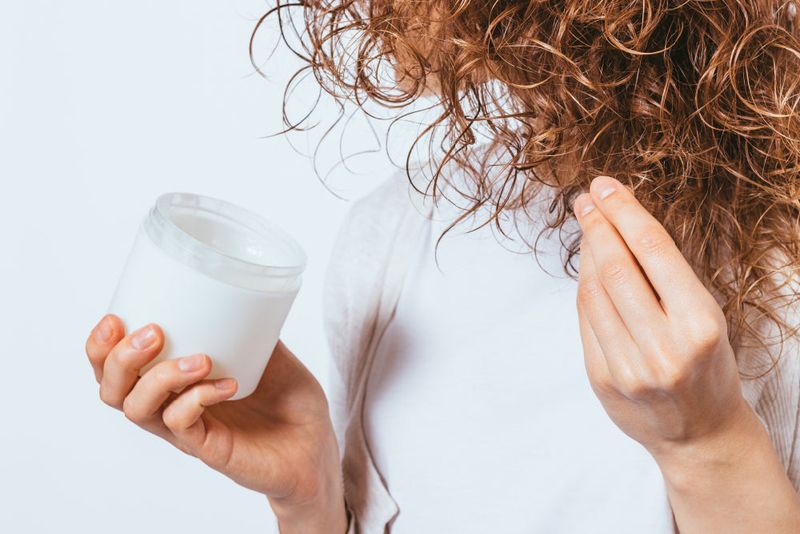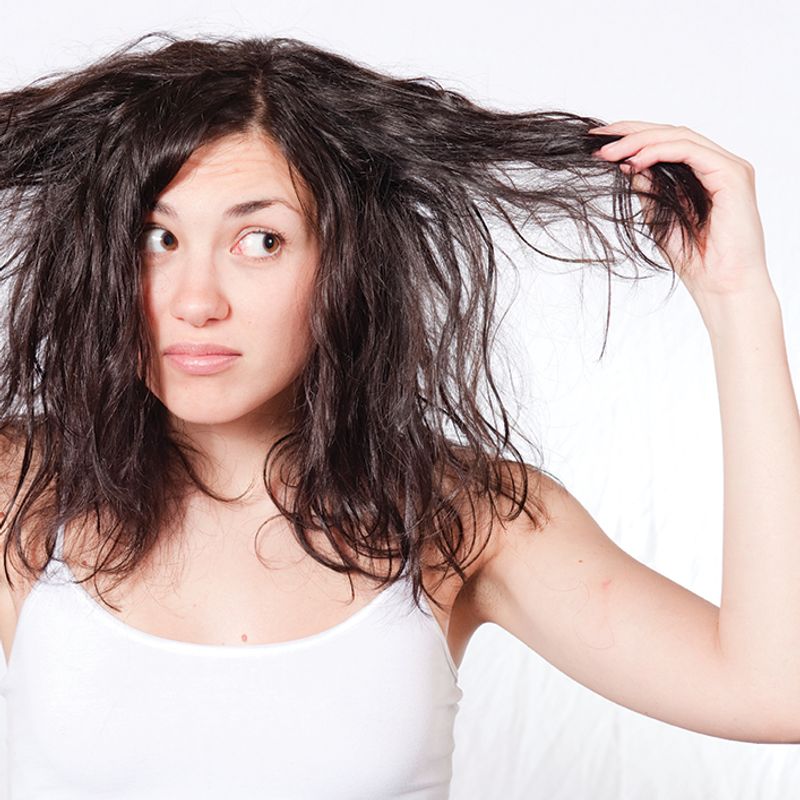Ever wondered why your perfectly styled hair suddenly rebels the moment your vacation starts? You’re not alone! Hair changes on vacation are a common frustration for travelers everywhere. Whether you’re lounging on a beach or exploring a new city, understanding why your locks behave differently can help you maintain your style while enjoying your well-deserved break.
1. Water Hardness Makes Your Hair Feel Strange
Tap water in different locations contains varying mineral levels that dramatically affect your hair. Hard water, loaded with calcium and magnesium, can leave your strands feeling rough and looking dull almost immediately after washing.
The minerals build up on your hair shaft, making it difficult for moisture to penetrate. Your regular shampoo might suddenly seem ineffective against this invisible enemy.
Related: -7 Straight-Hair Problems No One Talks About And 8 Easy Fixes That Shine
Pack a clarifying shampoo to use once during your trip to remove mineral buildup. Consider bringing a small spray bottle with filtered water for a final rinse, or try a leave-in conditioner specifically formulated to combat hard water effects.
2. Humidity Levels Transform Your Style
Stepping off the plane into a tropical paradise feels amazing—until your perfectly straight hair explodes into frizz or your carefully crafted waves fall flat. Humidity works like a shape-shifter for your hair, fundamentally changing its structure at the molecular level.
Your hair’s protein bonds respond to the moisture in the air, either absorbing it (causing frizz) or being weighed down by it (causing limpness). This reaction depends on your unique hair type and texture.
Embrace anti-humidity products containing silicones or natural oils. For curly hair, try curl-enhancing creams; for straight hair, lightweight oils can tame frizz without sacrificing volume.
3. Salt Water Creates Beach Texture (But Damages Too)
That effortless beach wave everyone covets? It’s the result of salt water stripping away oils and roughing up your hair cuticle. While this creates amazing texture and volume, it’s actually damaging your hair with each swim.
Salt crystals draw moisture out from your hair shaft, leaving it dry and prone to breakage. The dehydration effect can make color-treated hair fade faster and cause split ends to worsen.
Wet your hair with fresh water before swimming to reduce salt absorption. Afterward, rinse thoroughly and apply a leave-in conditioner. Consider using protective products with UV filters to minimize damage while still enjoying that coveted beach texture.
4. Chlorine Turns Your Hair Green (Blonde Problems)
Pool days can quickly turn into hair nightmares, especially for blondes. That greenish tint isn’t your imagination—it’s copper molecules in the water binding to the protein in your hair shaft, creating a visible color change.
Chlorine also strips away your hair’s natural protective oils, leaving it feeling like straw. Even darker hair colors suffer from chlorine damage, though the green tint may not be as visible.
Saturate your hair with fresh water or apply conditioner before swimming to create a barrier. Specialized swimmers’ shampoos can remove chlorine deposits, or try a DIY remedy: rinse with a mixture of baking soda and water to neutralize the green tint.
5. Sun Exposure Lightens Color and Damages Strands
Remember how your hair lightens naturally during summer vacation? UV rays break down the melanin in your hair, creating natural highlights. While this sun-kissed look seems desirable, it’s actually a form of damage that weakens your hair structure.
The sun doesn’t just affect color—it damages the outer cuticle layer of your hair, leading to brittleness, split ends, and that rough, straw-like texture. Heat from the sun also evaporates moisture from your strands, leaving them parched.
Wear a hat or scarf when outdoors for extended periods. UV-protective hair products create a shield against damage. Deep condition regularly during vacation, and consider a leave-in product with UV filters for all-day protection.
6. Different Blow Dryers Make Your Styling Routine Harder
Hotel hair dryers are notoriously unpredictable—they’re either weak puffs of barely-warm air or industrial-strength heat cannons with no middle ground. Your hair responds differently to changes in heat and airflow, making your familiar styling routine suddenly ineffective.
Many hotel dryers lack the attachments you’re used to, like diffusers for curly hair or concentrator nozzles for sleek styles. The unfamiliar tool throws off your muscle memory for styling techniques.
Consider packing a travel-sized version of your favorite dryer if space allows. Alternatively, learn some heat-free styling methods before your trip. Braiding damp hair before bed or using foam rollers can create defined styles without relying on unpredictable hotel equipment.
7. Your Regular Products React Differently to New Environments
Your trusty hair products might suddenly seem like they’re working against you on vacation. Environmental factors like temperature and humidity levels can dramatically change how products perform—that perfect-hold gel might turn crunchy in dry climates or dissolve in humidity.
Water composition affects product performance too. Hard water can prevent shampoos from lathering properly, while certain minerals might react with styling products, creating unwanted residue or reducing effectiveness.
Try travel sizes of different product formulations for your destination climate. For humid locations, choose anti-humidity products with stronger hold. For dry climates, opt for more moisturizing formulas. Reading reviews from locals in your destination can provide insight into what works in that specific environment.
8. Vacation Diet Changes Affect Hair Health
That delicious vacation food affects more than just your waistline. Sudden changes in diet—especially increased alcohol, sugar, and salt consumption—can leave your hair looking dull and feeling dehydrated almost immediately.
Your hair needs proper nutrition to look its best. When you swap your balanced meals for vacation indulgences, your hair receives fewer essential nutrients like biotin, protein, and healthy fats that maintain its strength and shine.
Balance indulgences with hair-healthy foods like eggs, nuts, avocados, and plenty of water. Consider packing biotin supplements for longer trips. Remember that alcohol is particularly dehydrating, so match each cocktail with extra water to keep your hair (and skin) looking its best.
9. Stress of Travel Triggers Scalp Issues
The journey itself can wreak havoc on your locks. Travel stress triggers hormonal changes that can increase scalp oil production or cause sudden dryness and flaking. Even excited, positive stress affects your body’s hormone balance and can impact your hair.
Long flights in recirculated air dehydrate your scalp and strands. The physical strain of carrying luggage, rushing through airports, and adjusting to new surroundings can manifest as tension in your scalp, affecting hair appearance.
Schedule in relaxation time at your destination. Pack a soothing scalp treatment or massage tool to use after travel days. Stay hydrated during flights and consider using a leave-in conditioner before boarding to combat cabin dryness.
10. Different Sleep Surfaces Change Your Morning Hair
Hotel pillowcases are rarely made of silk or satin like the one you might use at home. Cotton pillowcases create friction against your hair while you sleep, leading to morning frizz, tangles, and even breakage over time.
Unfamiliar beds might cause you to toss and turn more, creating additional friction and bedhead issues. The different sleep position can flatten certain areas of your hair or create weird kinks that aren’t part of your normal morning routine.
Pack a travel-sized silk or satin pillowcase to slip over hotel pillows. Alternatively, a silk sleep bonnet or scarf protects your hair while taking up minimal luggage space. For shorter trips, try pineappling your hair (gathering it loosely on top of your head) to prevent flattening and reduce friction.
11. Wind Exposure Creates Unexpected Tangles
Convertible car rides, boat trips, and seaside walks expose your hair to constant wind—an element your strands rarely encounter at home. Wind doesn’t just tangle your hair; it actively strips moisture from the outer cuticle layer, leaving it rough and prone to further tangling.
The mechanical friction of hair strands rubbing against each other in the wind creates static electricity, making your hair more likely to frizz and knot. These tangles can lead to breakage when you try to brush them out.
Braid your hair before windy activities to prevent severe tangling. Carry a small detangling spray in your day bag for on-the-go fixes. For planned wind exposure, apply a light oil to the ends of your hair to reduce friction and protect from moisture loss.
12. Inconsistent Shower Temperature Shocks Your Strands
Hotel showers are infamous for their temperature fluctuations. One moment you’re enjoying perfect warmth, the next you’re dodging scalding or freezing water. These sudden temperature changes force your hair cuticle to rapidly expand and contract, weakening the structure.
Hot water strips away natural oils that protect your hair, while cold water can close the cuticle so tightly that conditioner can’t penetrate effectively. The inconsistency makes it difficult for your hair to maintain moisture balance.
Test shower temperature before wetting your hair. Consider washing your hair at off-peak times when fewer people are using the water system. If temperature issues persist, try a leave-in conditioning treatment instead of an in-shower deep conditioner that requires consistent temperature.
13. Vacation Hairstyles Cause Different Damage Patterns
On vacation, you likely wear your hair differently—maybe it’s always in a ponytail for activities or constantly down to look your best in photos. This change in styling habits creates new stress points and damage patterns your hair isn’t used to.
Keeping hair in the same position for days (like a tight vacation ponytail) can cause breakage at tension points. Wearing hair down in harsh elements exposes more surface area to sun, wind, and environmental damage than your normal routine might.
Rotate between different hairstyles to distribute tension. Loosen ponytails and buns after a few hours. Try protective styles like braids for high-activity days, and leave your hair down during gentler activities. Pack damage-specific treatment masks to use halfway through your trip.
14. New Water Pressure Affects How Clean Your Hair Gets
Low water pressure makes it nearly impossible to fully rinse out shampoo and conditioner, leaving residue that weighs down your hair and makes it look dull. High pressure can be equally problematic, potentially causing tangles or making your hair feel stripped and straw-like.
Your scalp might react to residue with itchiness or flaking that you don’t experience at home. Product buildup accumulates faster when rinsing is inadequate, creating a vicious cycle of increasingly problematic hair days as your vacation progresses.
Rinse for longer than you think necessary if pressure is low. For high pressure, stand further back from the showerhead or adjust the setting if possible. Consider using less product than usual, focusing shampoo on your scalp and conditioner on your ends to minimize residue.


